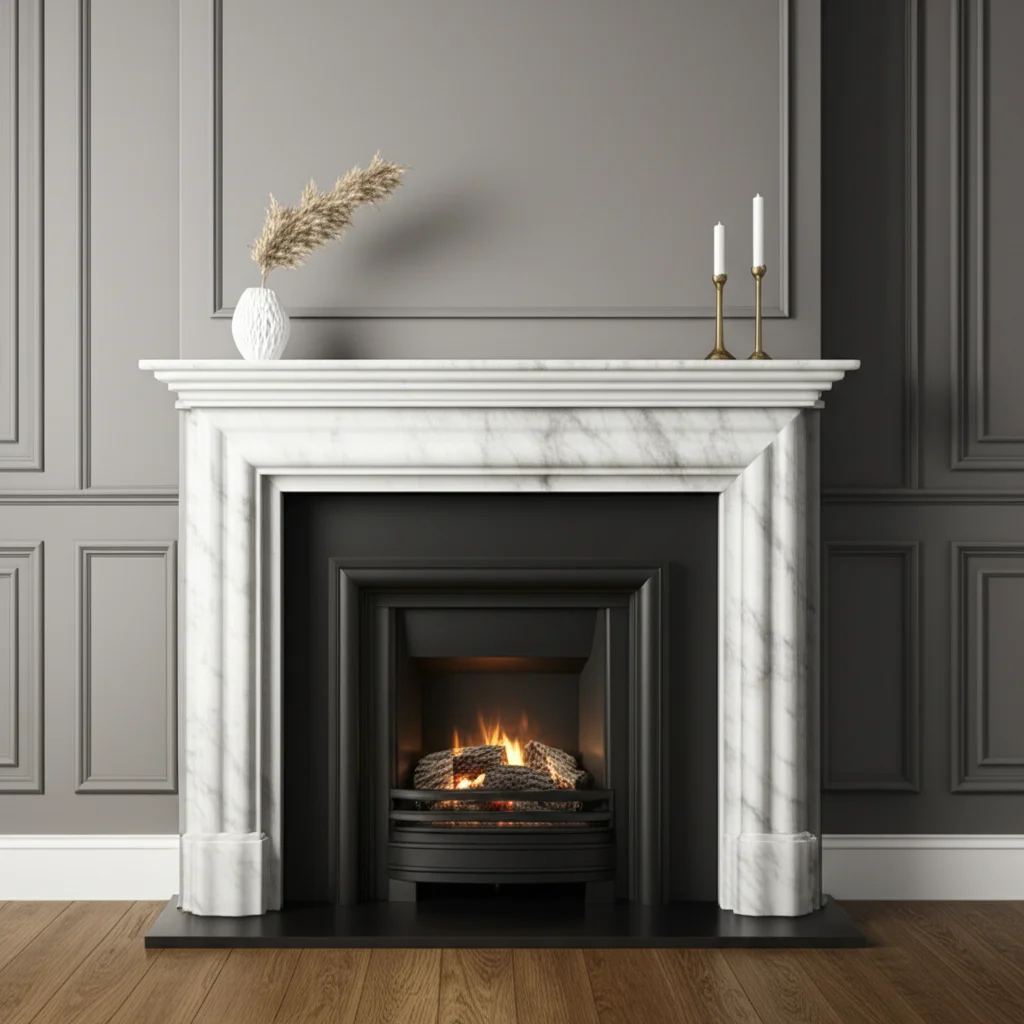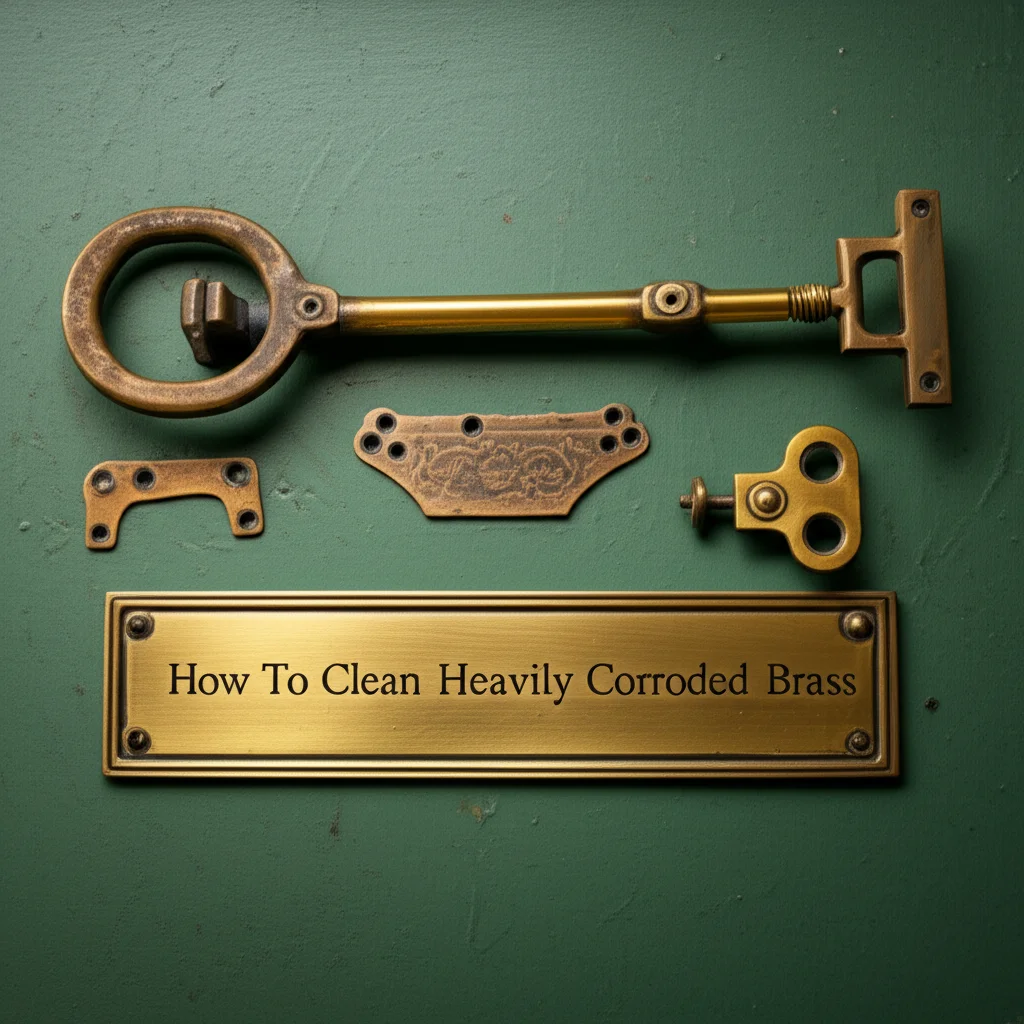· Todd Martin · Home Care · 11 min read
How To Clean Marble Fireplace

Revive Your Marble Fireplace: A Cleaning Guide
Your marble fireplace is a centerpiece. It adds elegance and warmth to your home. Over time, however, ash, soot, and general use can diminish its shine. Knowing how to clean marble fireplace surfaces properly helps keep it looking beautiful. This guide helps you restore its pristine condition. We will cover safe cleaning methods, necessary tools, and steps for different types of dirt. You will also learn about ongoing care to protect your investment. Let’s make your marble fireplace shine again.
Takeaway
- Always test cleaning solutions on a hidden area first.
- Use pH-neutral cleaners to avoid etching marble.
- Address soot and ash promptly to prevent deep stains.
- Use a poultice for stubborn stains like grease or rust.
- Seal your marble fireplace regularly to protect it from future damage.
How do you clean a marble fireplace?
To clean a marble fireplace, first remove loose debris. Then, use a soft cloth and a pH-neutral cleaner mixed with water. Gently wipe the surface to remove dirt and soot. For tough stains, apply a specialized poultice. Rinse thoroughly with clean water and dry immediately with another soft cloth to prevent water spots.
Understanding Marble: Your Fireplace’s Delicate Beauty
Marble is a natural stone. It forms from limestone under heat and pressure. This process gives marble its unique veining and classic appeal. However, marble is porous. It reacts badly to acids. Things like vinegar, lemon juice, or harsh cleaners can etch its surface. Etching removes the polish and leaves dull spots. This porous nature also means marble can absorb stains easily. Soot, ash, and smoke from a fireplace can quickly discolor it. Grease, oils, or even spilled drinks can also leave marks. Understanding these properties is the first step in learning how to clean marble fireplace surfaces effectively.
When you clean marble, gentleness is key. Avoid abrasive tools. Steel wool or stiff brushes scratch the surface. Always use soft cloths or sponges. Choosing the right cleaning agents is also vital. A pH-neutral solution is always the safest choice. Specialized marble cleaners are formulated to be safe. They lift dirt without damaging the stone. Always check the label before you use any product. This care ensures your marble fireplace remains beautiful for years.
Gathering Your Cleaning Arsenal: Essential Tools and Supplies
Before you start cleaning your marble fireplace, gather all your tools. Having everything ready makes the process smoother. You will need a few simple items. First, get a soft-bristled brush or a vacuum cleaner with a brush attachment. This helps remove loose ash and debris. You also need several clean, soft cloths, like microfiber towels. These are gentle on marble and absorb well. A bucket for mixing solutions is also useful.
For cleaning solutions, start with mild options. A pH-neutral dish soap works for general cleaning. Mix a small amount with warm water. You can also buy commercial marble cleaners. These are specifically designed to be safe for stone. For tougher stains, you might need special materials. Baking soda, hydrogen peroxide, or commercial poultice compounds can lift deep stains. Always wear rubber gloves to protect your hands from cleaning agents. Safety glasses are also a good idea. Having these supplies prevents damage and makes the job easy.
- Soft-bristled brush or vacuum with attachment: For removing loose ash and debris.
- Several clean, soft microfiber cloths: For washing, rinsing, and drying.
- Two buckets: One for cleaning solution, one for clean rinse water.
- pH-neutral dish soap or specialized marble cleaner: For general cleaning.
- Baking soda and hydrogen peroxide: For creating a stain-removing poultice.
- Plastic scraper (non-metal) or old credit card: For gently scraping dried residue.
- Rubber gloves and safety glasses: For personal protection.
- Plastic wrap and painter’s tape: For poultice application.
- Clean water: For rinsing.
Step-by-Step Guide: Cleaning General Dirt and Light Soot
Cleaning your marble fireplace regularly prevents major buildup. This routine helps maintain its shine. This process is straightforward for general dirt and light soot. First, clear the hearth of any logs or fire-grates. Use a soft-bristled brush or a vacuum cleaner with a soft attachment to remove all loose ash and debris. This step prevents scratching the marble when you wipe it. Be gentle.
Next, prepare your cleaning solution. Mix a small amount of pH-neutral dish soap with warm water in a bucket. Dampen a clean, soft microfiber cloth with this solution. Wring out excess water. The cloth should be damp, not dripping wet. Starting from the top, gently wipe down the marble surface. Use light, circular motions. Do not scrub hard. Pay attention to areas with visible soot or dirt. For more advice on cleaning tough soot, you can explore guides on how to clean black soot from inside fireplace.
After cleaning, rinse the marble. Use a fresh, clean cloth dampened only with plain water. Wipe away all soap residue. It is important to remove all traces of the cleaner. Leftover soap can leave streaks or attract more dirt. Finally, dry the marble immediately with a third clean, dry microfiber cloth. Prompt drying prevents water spots and helps restore the marble’s luster. Following these steps helps you learn how to clean marble fireplace surfaces effectively without causing damage.
Tackling Stubborn Soot and Ash Stains on Marble
Stubborn soot and ash stains need more focused attention. These darker marks can penetrate porous marble. Avoid harsh chemicals or abrasive scrubs. They will damage the marble’s surface. Instead, create a mild alkaline paste. Mix baking soda with a small amount of water to form a thick paste. This paste works as a gentle abrasive and helps lift the stain.
Apply the baking soda paste directly onto the soot stain. Let it sit for several hours. You can even leave it overnight. The longer it sits, the more time it has to absorb the stain. Once dry, gently wipe off the dried paste with a soft, damp cloth. Repeat this process if the stain persists. For more information on removing ash specifically, consider reading about how to clean ash from fireplace.
For very dark or old soot stains, a hydrogen peroxide poultice might be needed. Mix baking soda with hydrogen peroxide to form a thick, oatmeal-like paste. Apply this paste thickly over the stain. Cover it with plastic wrap. Tape the edges down to keep the poultice moist. Let it sit for 12 to 24 hours. The hydrogen peroxide acts as a bleaching agent. It breaks down the stain. After the time passes, remove the plastic wrap. Let the paste dry completely. Then, scrape it off gently with a plastic scraper. Wipe the area clean with a damp cloth and dry. This method helps lift even deep-set soot, bringing back the natural beauty of your marble fireplace.
Removing Other Common Stains from Marble Fireplaces
Marble fireplaces can acquire various stains beyond soot. Each stain type requires a specific treatment to avoid damaging the stone. Understanding the stain’s origin helps you choose the right cleaning method. For example, oily stains, like from candle wax or cooking grease, need a different approach than water stains or rust. Dealing with how to clean stains on marble effectively prevents permanent damage.
For oily stains, like grease or candle wax, absorbency is key. First, gently scrape off any excess solid wax with a plastic scraper. Do not use metal, as it can scratch the marble. Then, create a poultice using an absorbent material like baking soda or cornstarch mixed with a solvent. Mineral spirits or acetone can work for oil. Apply the paste, cover with plastic wrap, and let it dry completely. The poultice draws the oil out of the marble. Once dry, scrape it off and clean the area.
Water stains or mineral deposits often appear as white rings. These are usually on the surface. Buff them gently with fine-grit sandpaper (600-grit or higher) or steel wool (0000 grade). Use a very light touch. Follow up with a marble polish. Rust stains, from metal fireplace tools for example, are challenging. They require a specialized rust remover for marble, often containing oxalic acid. Apply it carefully, following product instructions. Rinse thoroughly. Always test any stain remover in an inconspicuous area first. This ensures it does not harm your marble. For broader insights into fireplace cleaning beyond marble, you might find information on how to clean stone fireplace helpful as well.
Polishing and Protecting Your Marble Fireplace
Once your marble fireplace is clean, polishing and protecting it are the next vital steps. Polishing restores the marble’s natural shine. Protection prevents future stains and damage. This maintenance ensures your fireplace remains a beautiful feature for years. First, ensure the marble surface is completely dry and free of any cleaning residue.
To polish, use a commercial marble polish. Apply a small amount to a clean, soft cloth. Work it into the marble surface in small sections. Use circular motions. Buff gently until the desired shine appears. Some polishes also contain a sealant. This combines two steps into one. Always read product instructions for the best results. Polishing not only enhances beauty but also creates a smoother surface. This makes it harder for dirt and soot to cling to.
Sealing is crucial for porous marble. A sealant creates a protective barrier. This barrier repels liquids and prevents stains from penetrating the stone. Apply a marble sealer after cleaning and polishing. Use a clean applicator pad or cloth. Apply a thin, even coat. Let it cure according to the manufacturer’s directions. This usually takes a few hours. Some sealants require multiple coats. Re-sealing every one to two years is often recommended. This depends on fireplace usage and the specific sealant. Regular sealing is the best defense against future stains and etching. This is a critical step in knowing how to clean marble fireplace effectively for the long term.
Ongoing Maintenance and Preventing Future Stains
Regular maintenance is key to keeping your marble fireplace pristine. This proactive approach saves you from extensive cleaning later. After each fire, allow the ashes to cool completely. Then, remove them promptly. Accumulated ash and soot can lead to deep stains. Use a metal shovel and bucket for ash removal. For specific guidance on removing ash, you can refer to resources on how to clean ash from fireplace.
Wipe down the marble surfaces regularly. A quick wipe with a damp, soft cloth removes dust and light soot. This prevents buildup. Use only pH-neutral cleaners for these routine wipes. Avoid acidic cleaners, even for small spills. They can etch the marble instantly. Immediately blot any spills. Do not rub them. Spills, especially acidic ones like wine or soda, must be addressed at once. They can stain or etch quickly.
Consider using a fireplace screen. A screen catches sparks and some soot. This reduces the amount of debris reaching the marble. Place a rug or mat on the hearth. This catches dropped logs or tools. It protects the marble from scratches or impacts. Reapply a marble sealer every 1-2 years. This maintains the protective barrier. Consistent care makes keeping your marble fireplace beautiful simple. It saves time and effort in the long run.
When to Call a Professional for Your Marble Fireplace
While many marble fireplace cleaning tasks are DIY-friendly, some situations warrant professional help. Knowing when to call an expert saves you from causing further damage. Severe or deeply embedded stains are a primary reason. If multiple attempts with poultices or specialized cleaners do not remove a stain, it may be too deep for home methods. Professionals have access to stronger, more specialized compounds and techniques.
Etching is another common issue that needs professional attention. Etching appears as dull spots where the marble’s polish has been removed, often by acidic substances. Home remedies cannot restore the polish. Marble restoration specialists can re-hone or re-polish etched areas. This brings back the original shine. They use specialized abrasives and polishing compounds.
Significant damage, such as cracks or chips, also requires an expert. While you can clean around these, repairing them needs professional skill. Professionals can often fill and blend repairs seamlessly. Before trying aggressive methods yourself, get a professional assessment. It can save you money and prevent irreversible harm. Consulting an expert ensures your marble fireplace receives the correct care. This protects its long-term beauty and value.
Conclusion
Cleaning your marble fireplace properly keeps it a stunning focal point in your home. We explored understanding marble’s delicate nature and the importance of gentle, pH-neutral cleaners. From removing everyday dirt to tackling stubborn soot and specific stains, we covered the methods to restore its beauty. Remember to gather your tools, approach each stain thoughtfully, and prioritize protective measures. Regular maintenance and proper sealing are key to preventing future issues. If you face deep stains or etching, do not hesitate to call a professional. By following these steps on how to clean marble fireplace surfaces, you ensure your elegant centerpiece remains beautiful for years. Keep your marble fireplace sparkling.





